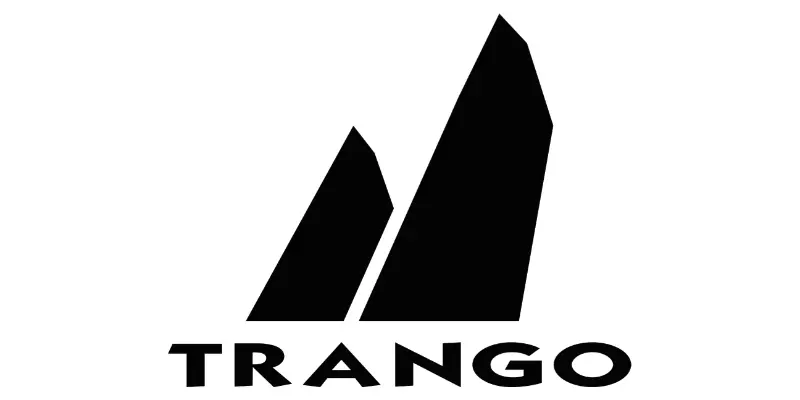Understanding REDs
What is REDs?
Relative Energy Deficiency in Sport (REDs) is a syndrome, diagnosed from clinical symptoms that results from low energy availability (LEA). LEA is when a climber does not have enough energy to meet all their needs for training and normal body functions. LEA that is extreme and/or prolonged, can result in negative effects on a climber’s health, performance, training adaptations, and overall well-being.
Your body needs energy to keep you healthy, like for beating your heart, powering your brain, breathing, maintaining your immune system, for connective tissue (tendons, muscles, skin), and recovering and adapting from training. It also needs a lot of energy for climbing, training, and all the other activities you do. If you are still growing and maturing your body needs extra energy to support this process.
How will I know if I am not getting enough energy?
If you are not getting enough energy to support all your body functions and training, you may experience certain signs and symptoms of LEA.
Health related signs and symptoms
- Feeling tired often
- Trouble sleeping
- Poor digestive health
- Irregular menstrual cycles
- Low libido
- Mood changes, irritability
- Increased anxiety and depression
- Challenging relationship with food
- Rapid weight changes
- Delayed/slow growth and development
- Stress fractures / low bone mineral density
- Frequent illness and/or not recovering from an illness in expected time frame
Performance related signs and symptoms
- Fatigue
- Lack of motivation
- Decreased coordination and focus
- Slowed recovery and decreased training response
- Fitness and/or strength not improving as expected
- Reduced training availability (days lost to illness, injury, under recovery)
- Recurring injury and/or prolonged recovery from minor injuries
If you experience some of these signs and symptoms, you could be at risk of LEA. While other things may contribute to the above signs and symptoms, it is important to share these with a health care professional to help ensure you get appropriate support.
Why does understanding REDs matter?
LEA that progresses to a REDs diagnosis can go on to impact all areas of life, not just sport. Some of the long-term consequences of REDs may be severe and irreversible. Early screening and diagnosis can ensure you receive the care and support you need for optimal health and performance.
How can I get support?
The earlier you get treatment and support, the more likely your body can recover. If you are experiencing LEA, tell a health care professional. This may include a team physician or a sports dietitian. Those that don’t have these resources can first address these concerns with a parent or a coach to discuss next steps.
The International Federation of Sport Climbing (IFSC) wants to help athletes stay healthy to compete. Monitoring, detecting, and treating climbers with LEA in a safe sports medicine setting has the most potential to improve climbers' health and performance, as well as their recovery from sickness and injuries. The IFSC screens all licensed athletes for signs of REDs. This helps keep athletes safe and may help identify REDs so an athlete can get proper treatment.
Authors: IFSC Nutrition Sub Committee
Key Reference: Mountjoy M, Ackerman KE, Bailey DM, et al. 2023 International Olympic Committee's (IOC) consensus statement on Relative Energy Deficiency in Sport (REDs). Br J Sports Med. 2023;57(17):1073-1097. doi:10.1136/bjsports-2023-106994




